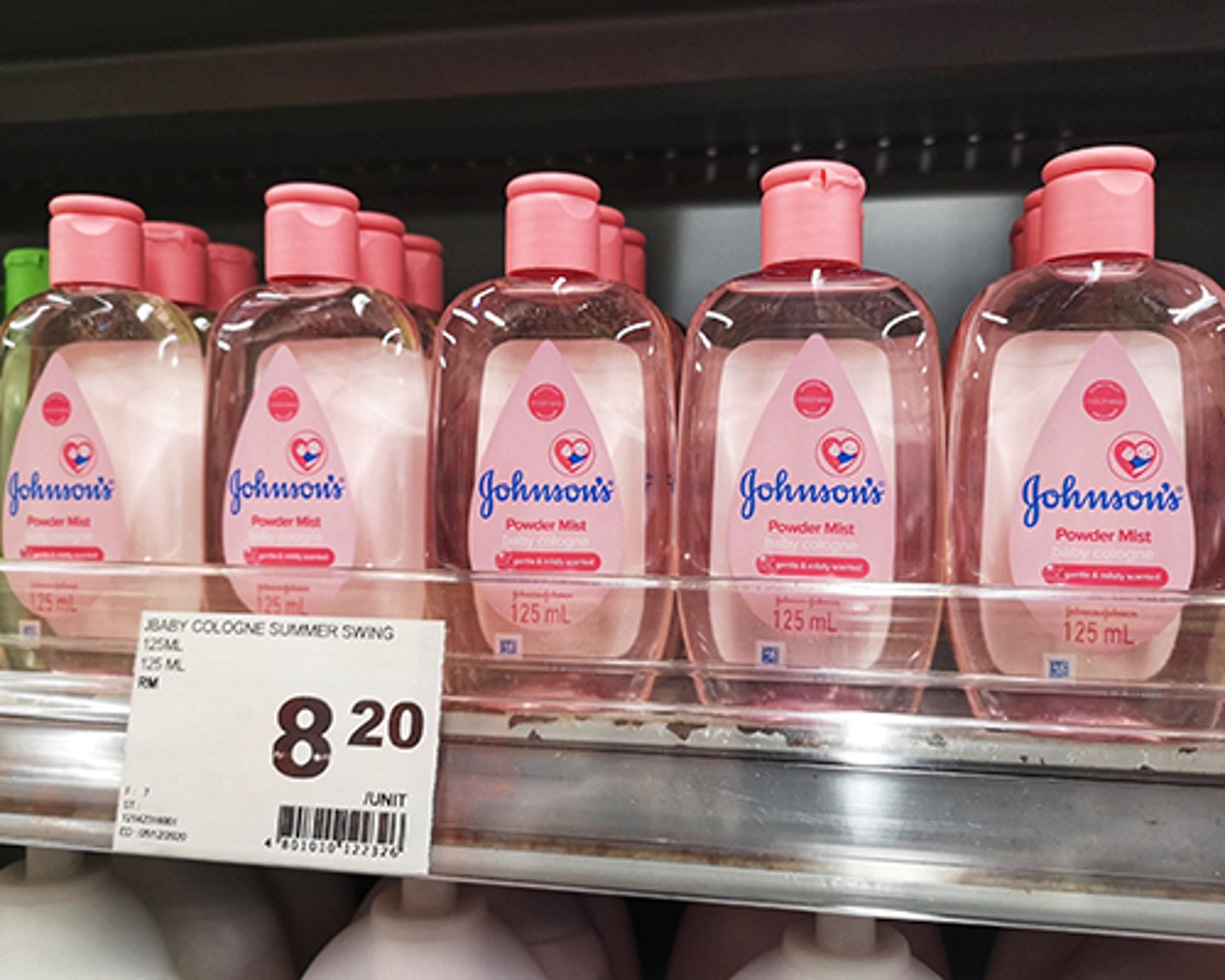Johnson & Johnson Digs Deeper Into Data to Unlock Product Innovation
Johnson & Johnson Consumer Health is leaning into digital tools, including digital twins, to unlock new capabilities surrounding product innovation and consumer engagement.
This also involves diving more deeply into data to open up open up new areas of research and new capabilities it didn’t have previously, said Caroline Tillett, global head, R&D, Johnson & Johnson Consumer Health, at the Barclays Global Consumer Staples Conference.
As part of this, its work surrounding skin modeling incorporates a wealth of data points, enabling the No. 46 consumer goods company to test products through noninvasive technologies and techniques, such as understanding how adult products work on babies.
Johnson & Johnson is also leveraging digital twins to increase its speed to market. By testing products in one factory and then using a digital twin in another, the company compares how the two different manufacturing processes come together. This in turn enables it to innovate at a lower cost without having to conduct as many clinical trials.
[See also: Making Products Without Really Making Them: The Role of Simulation]
“But most of all, it’s faster for us, and we can get our innovation into the hands of the consumer that much quicker,” said Tillett. “There is really an exciting time. … It’s the first time where we are really seeing a change in capabilities and how we can access science and how we can bring technology together to really serve our consumer.”
Thibaut Mongon, executive VP and worldwide chairman, Johnson & Johnson Consumer Health, said J&J is well on its way to becoming a digital-first company, aligning it with today’s consumer behavior changes, including the increase in social commerce.
“Beyond the commerce part of it, we see more and more consumers engaging with brands in a digital way,” he added, and so the company is creating digital experiences to help consumers unlock more capabilities from its healthcare products.
Mongon pointed to the Zyrtec AllergyCast experience, an AI-enabled predictive tool designed to help consumers understand the allergy forecast in their area from their phone, and the Nicorette QuickMist SmartTrack, which marries a smoking cessation device with a digital app for behavioral support, as examples of this.
“The combination of the app and the device really increase the quit rate and really help decent smokers on their journey to quit,” noted Mongon. “We see increasing addition of consumers and patients around the world for this digital solution. … And I would expect digital to continue to be a big, big trend out there and an important growth factor for us moving forward.”
[See also: Ethelbert Williams Named Head of U.S. E-com at Johnson & Johnson Consumer]
There has never been a better time to be in consumer health, he added, as the pandemic accelerated trends that are now crucial in a COVID and post-COVID-19 world — such as consumers taking the importance of their health, and the health of their families and friends, in their own hands.
“This is really a big, big trend that we see around the world. And this plays out well for companies like ours, offering trusted solutions that are efficacious, and we see that when consumers really reach out to our brands during the pandemic,” Mongon said. “So this heightened profile of consumer health is something that we are seeing during the pandemic, and we expect it to continue in a post-COVID-19 world.”
As with many consumer goods companies, Johnson & Johnson has practiced portfolio and SKU optimization during the health crisis. And while the company has been impacted by the supply chain challenges and input inflation, it doesn’t have the same exposure as other companies relying upon more paper- or corn-based products, said Paul Ruh, CFO of Johnson & Johnson Consumer Health. It instead expects to see the impact more toward the second half of the year.





